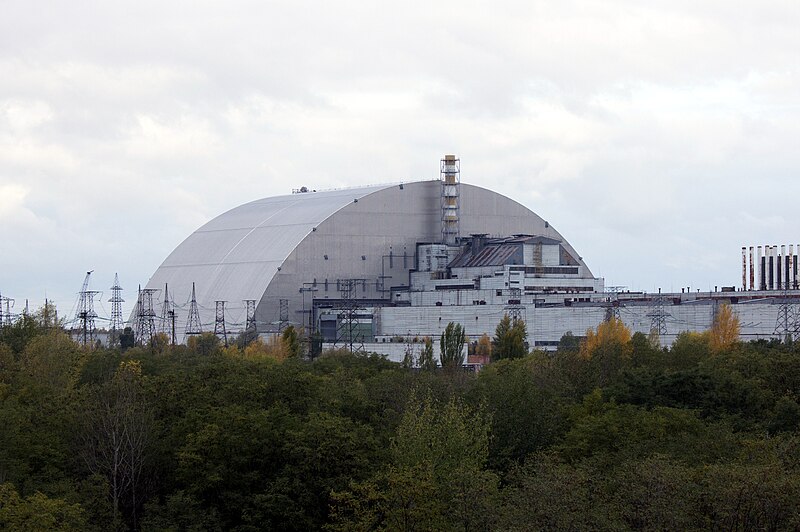IAEA: Chernobyl drone strike latest threat to nuclear safety in Ukraine

Social media this past weekend streamed with reactionary posts following a drone strike last Friday at the site of the destroyed reactor from the 1986 Chernobyl accident. The drone—armed with a warhead—ripped a hole in the New Safe Confinement (NSC), a large structure built to prevent any radioactive release from the damaged reactor unit 4 and to protect it from any external hazard. The drone strike caused a fire that was still smoldering in places as of Monday morning, and left a hole larger than 500 square feet. Efforts continue to mitigate the consequences of the fire and extinguish isolated smouldering areas of the NSC's insulation material.
Due to damage to the external and internal cladding of the NSC's arch and main crane system equipment, the safety boundaries and operational conditions of the NSC complex have been compromised, according to the Chernobyl nuclear power plant Facebook page.


